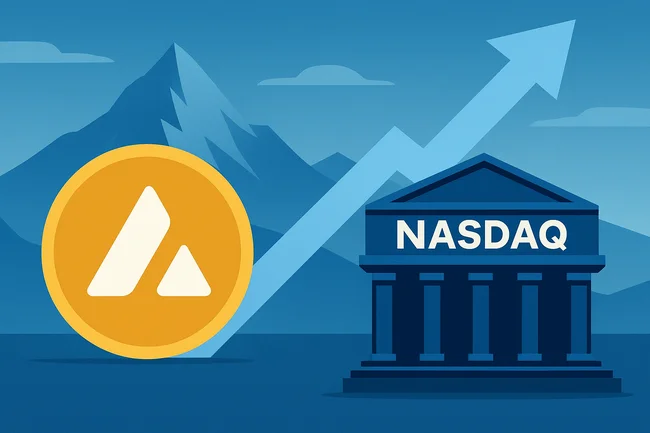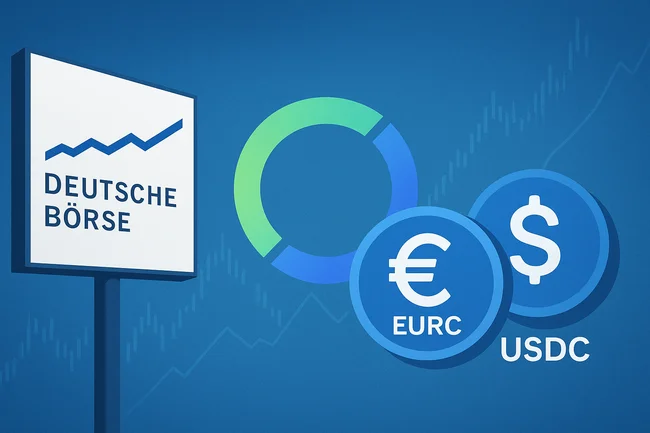On-chain governance refers to a system where decisions about a blockchain’s protocol and future developments are made through mechanisms coded directly into the blockchain. This process allows participants to propose, debate, and vote on changes within a transparent framework.Participants typically use tokens to vote on governance issues, such as protocol upgrades, fee structures, or changes in consensus mechanisms. This direct involvement aims to ensure that stakeholders have a say in how the network evolves.The structure can vary significantly between projects. Some blockchains have a simple majority rule, while others may require supermajority support. On-chain governance promotes decentralization by empowering a larger group of stakeholders, rather than a small number of developers or centralized entities.However, it also presents challenges, such as potential voter apathy or the risk of manipulation if a single entity holds a large number of tokens. Striking the right balance between efficient decision-making and community involvement is crucial for the success of on-chain governance systems.

Avalanche Treasury Co. to Go Public in $675M Deal With Mountain Lake Acquisition
Avalanche Treasury Co. (AVAT), a digital asset treasury company aligned with the Avalanche Foundation, said Wednesday it has agreed to



